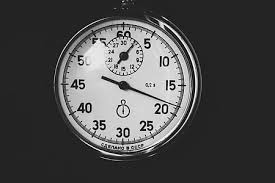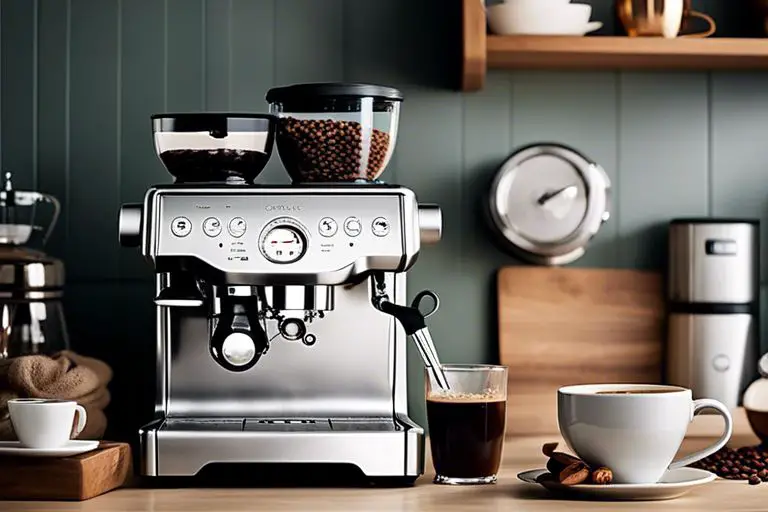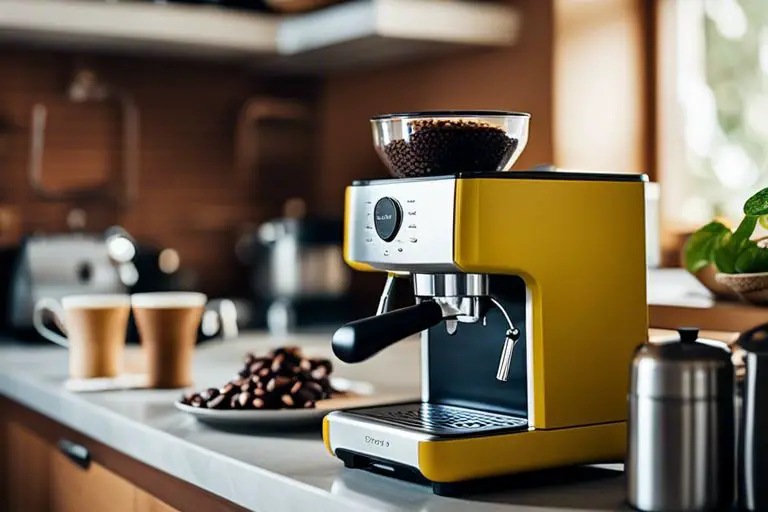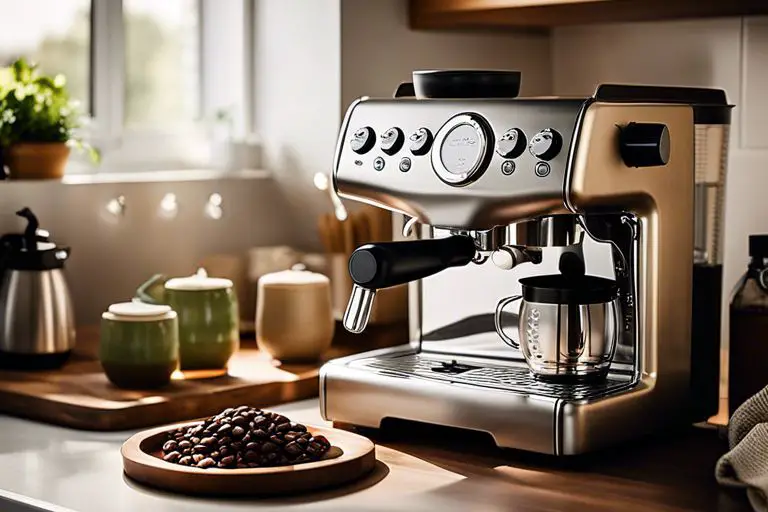If you have an espresso machine but you can’t get it to make coffee that tastes as good as a coffee shop then understanding how brew time affects flavour will solve that problem for you. The starting point is to deliver a double espresso in 25 seconds.
There is more to it than that, a lot more but you have to get the basics right before you can refine the process and fine-tune things in order to get to the stage where you can replicate the quality you get in a coffee shop when you pay £3 for your coffee of choice.
As well as the amount of time it takes for your coffee to be delivered into your cup there are a few other fundamental factors that have to be combined with brew time in order to create great tasting espresso and espresso-based drinks.
It’s easy to make the mistake of just producing a double espresso in 25 seconds and thinking you have cracked it but there is more to it than that.
It is possible to get super nerdy about the science of espresso but the purpose of this article is to give you some easy, actionable things you can do to improve the flavour of your espresso and milk-based espresso drinks such as cappuccino and latte.
To give you an indication of the kind of detail you can go into there is a video towards the end of this article by an extremely knowledgeable coffee expert.
The first point to make is that 25 seconds is not a magic number and it is perfectly possible to make great espresso with a brew time of 20 seconds or 40 seconds.
There are other weird and wonderful ways to brew espresso outside of that range but they are best left for the mega nerds and so sticking within the range of 20 to 40 seconds is what you should be aiming for and to start with we will use 25 seconds.
The other things that are super important for espresso brewing are:
The amount of coffee used to produce a double espresso.
The amount of liquid coffee that ends up in your cup.
How fine you should be grinding your coffee beans.
The kind of coffee machine you are using.
Let’s take a look at each one of those individually:
How much coffee for a 25 second brew time?
It is very likely that you don’t know the weight of the ground coffee being used to make your espresso.
Your coffee machine may or may not have a built-in grinder with a dial or a setting that alters the amount of coffee that goes into your portafilter but it won’t tell you what it weighs.
And that’s because it’s extremely hard (pretty much impossible) for a coffee machine to deliver exactly (say) 20 grams of ground coffee from coffee beans.
The reason for that is that every coffee bean is different and you may need more of one bean to get to 20 grams and less of a different one so you can’t just ask for the coffee to be ground for 3 seconds and that gives you the amount of coffee you need.
Getting the right amount of coffee each time is important to get to the 25 second brew time we are looking for and the good news is that there is a very simple solution.
Coffee scales. The even better news is that you don’t need specialist coffee scales at all in order to weigh your coffee, you can just use any digital scales you already have in your kitchen.
If you don’t have any then you can pick some up for as little as a tenner. This article goes through some cheap but good options:
Start with 18 grams of ground coffee to start with but this can be tweaked later when you are fine-tuning things to get the flavour you want.
Ground coffee to liquid coffee ratio
As a general rule, you should aim for about twice as much coffee in your cup versus the amount of ground coffee that goes into the portafilter.
So if you have ground 18 grams of coffee into your portafilter the aim for about 36 grams of coffee in your cup.
Again, this doesn’t need to be exact but keeping it within 1 to 2 grams will give you a good starting point for fine-tuning.
Put the scales under your cup and press the start button. When the scales hit about 30g hit the stop button because the coffee will continue to flow for a few seconds.
How to grind coffee for a 25 second brew time
Espresso coffee should be ground finely to get the best results and you should always use freshly ground coffee beans.
If you currently use pre-ground coffee or anything other than coffee beans you will not get the benefit of applying this process as the coffee won’t be fresh and it won’t be the correct fineness for espresso.
Set your grinder to one of the lowest settings for a fine grind and then you can play around with it to get to the 25 seconds brew time.
If your coffee machine doesn’t have a grinder built-in or you don’t have a standalone grinder then this article can help:
And this article suggests some coffee beans that you may wish to try that are already proven winners:
How to choose and buy coffee beans
Fine-tuning for a 25 second brew time
Once you have weighed your coffee into the portafilter, ground your coffee finely and timed how long it takes to get twice the amount of coffee into your cup that you put into the portafilter (18g in and 36g out is a good place to start) you are ready to get to your 25 seconds brew time.
Hit the start button and time how long it takes to get 36g into the cup.
If it takes longer then grind your coffee a little coarser and if it takes less than 25 seconds and the coffee is flowing too fast then grind the coffee a little finer.
It won’t take more than a few goes before you have it spot on.
The best coffee machine for a 25 second brew time
You can get the weight of the coffee spot on with 18 grams of ground coffee and then you can make sure you get exactly 36 grams of coffee into your cup but if you don’t have a half-decent espresso machine then you will struggle to get the coffee shop quality at home.
There are all sorts of reasons why a very cheap coffee machine won’t deliver the goods but probably the most common ones are consistency in terms of pressure and temperature.
Espresso needs to be delivered at about 92 degrees centigrade and ideally with 9 bars of pressure and some of the cheapest machines cant do that or at least not every time.
You don’t need to spend thousands of pounds but if you are willing to invest a few hundred and you apply the rules listed above then you’ll be drinking coffee as good as they serve up on Costa or Starbucks but you will be paying an awful lot less.
If you are just starting out then this article suggests some of the best cheap espresso machines that will deliver consistent espresso:
If you are looking to automate the process and then you can consider a bean to cup coffee machine. This article details some for consideration:
Best bean to cup coffee machine
Achieving great espresso does take a little effort but once you crack it you will get a lot of satisfaction and you’ll also save a lot of money because you won’t need to spend £3 a go in Costa or Starbucks any more.
Here is a video from James Hoffman, bona fide coffee expert and nerd explaining more about the science of espresso brew time:




